I will show you here how to pick a Smartphone. Decisions are based on pure technical Data analysis based on user requirements and usage. Smartphone data till 2016 has been retrieved from all my domains and the same data will be used in this post, so next time you plan to buy a smartphone you know which features to check and decide accordingly. I will be covering the following aspects with technical breakdown
- Smartphones Research
- Operating System
- Screen Size
- Pixel Density
- Rear Camera
- Front Camera
- Camera Options
- RAM
- Talk Time
- Max Standby Time
- Battery Capacity
- Features
- Wireless Connectivity
- Sensors
- Smart Rating
- What to Watch for in Smartphones
- Stay Up To Date With Smartphones
Smartphones Research
As a consumer you should do as much research as possible before choosing between the vast options out there.
For beginners, it’s best to acquaint yourself with the 3 most popular mobile operating systems in the market : Apple’s iOS, Google’s Android and Microsoft’s Windows Phone.
Smartphone Operating System
There is no single OS which beats another , every OS has its own pros and cons and every user has their preferences. The best way to choose between them is to try a phone which runs each OS. Keep in mind that the Android operating system offers the largest selection of phones, from the smallest feature phones to massive Phablets with screens as large as 5.5 inches. iOS is restricted to iPhones and Windows has only a number of models by Nokia and few outside of that .
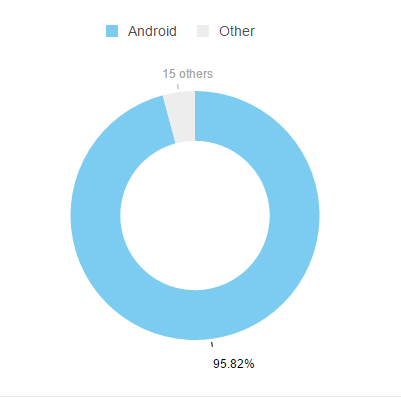

- Android – Google’s Android operating system, first unveiled in 2007. Google’s Android operating system is geared more towards tech enthusiasts and power users, allowing for heavy customization of almost any aspect of the OS itself. This also opens up the door for manufacturers themselves to build custom operating system shells, commonly referred to as user interfaces (UI’s). The most noteworthy Android UI’s are Samsung’s TouchWiz and HTC’s Sense. Android also syncs seamlessly with Google products, and comes packaged with Gmail, Finance, Google+, Google Calendar, and more. If you use these products, syncing them to an Android phone is as simple as logging in using your Google account once. This is especially helpful for when you use Google’s suite of products in your job.
- iOS – Apple’s iOS, released in June 2007 with the original iPhone, was the first widely adopted mobile operating system. Its signature attributes are its intuitive design, attention to user interface, and highly controlled environment. While Android and Windows offers a bit more in terms of customization and flexibility there are many aspects of iOS which are not up to the user to customize.As its a closed system, there are limitations even with sharing content with non Apple devices which is a huge let down. But if you are not a techie or like your machine to work without errors and lack few features, iOS is a good option. iOS also syncs beautifully with Mac OS X and any other Apple devices, so it’s a plus if you’re a fan of Apple products.
- Blackberry OS – BlackBerry’s operating system, originally released in March 2002. BlackBerry, the company formerly known as Research In Motion Limited (RIM), was the most popular smartphone ecosystem on the planet in 2009 and 2010, when iOS and Android were brand new to the market. The small, durable phones with full keyboards were so addictive for work and personal use that they were given the nickname CrackBerry. Unfortunately they didn’t evolve with trends in the market. Consumers wanted touch screen models, and BlackBerry’s first offering was the Storm which was a total turn off. Even their Z30 and Z10 didnt give them the position they earlier enjoyed
- CynaogenMod – An open source operating system for mobile devices based on the Android mobile platform.
- FirefoxOS – Mozilla’s operating system, originally released in December, 2013.
- MeeGo – A Linux based operating system, originally released in May, 2010.
- Nokia – X Software Platform – A mobile software platform based off of the Android Open Source Project (AOSP).
- Palm Web OS – Mobile OS developed by Palm, Inc. for their line of PDAs. They represented a large share of the market in 2005 and 2006, before falling out of favor.
- Sailfish – Mobile-optimized operating system built around the Linux operating system.
- Tizen – Open source operating system born from Linux.
Screen Size
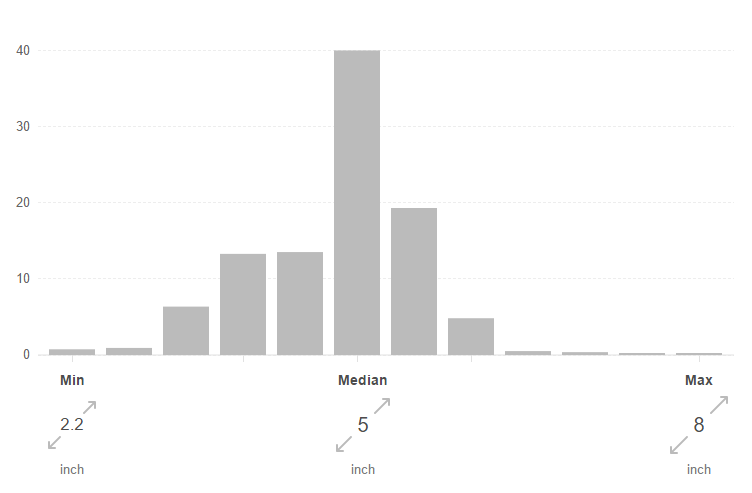




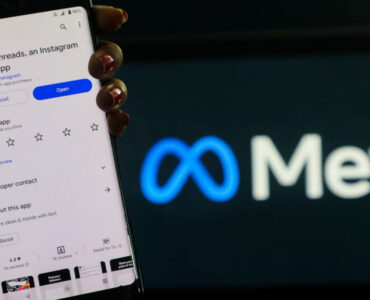
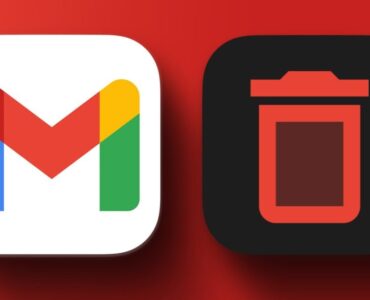

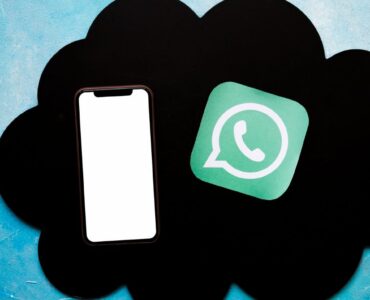







Add comment